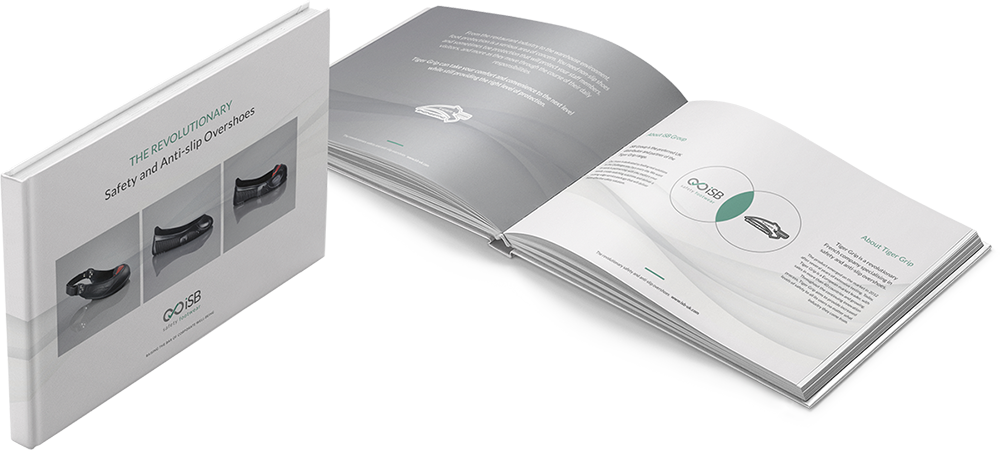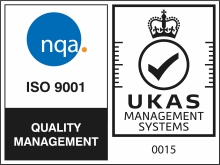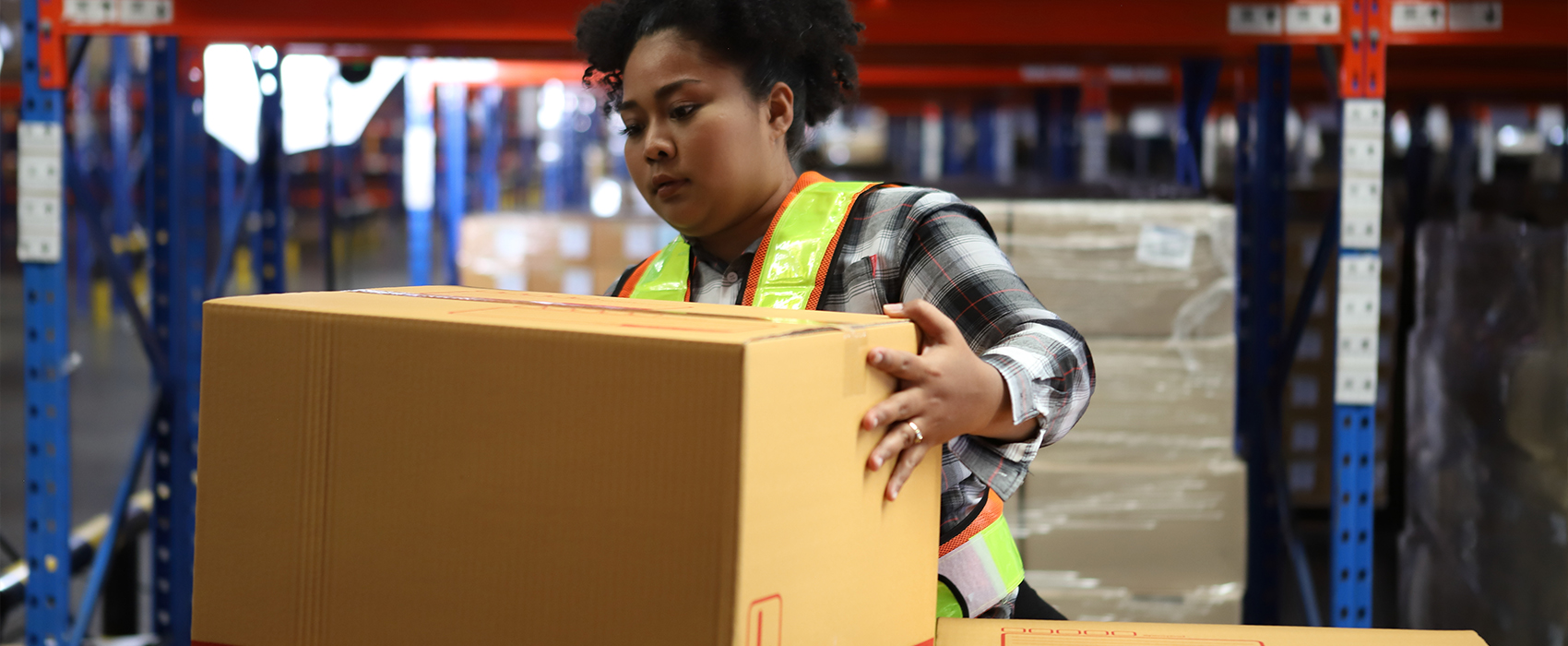
What is manual handling: A training guide
If any part of your employees’ job requires them to transport or support some kind of load, then they are performing what is known as a manual handling task.
What is manual handling?
Manual handling is any activity that involves transporting or supporting a load. This includes lifting, pushing, pulling, carrying, throwing, and moving objects by hand or other bodily force. Performed incorrectly, such activities can cause injuries and lead to the onset of musculoskeletal disorders and repetitive strain injuries.
Whether the load is large or small, heavy or light, if your employees are performing manual handling tasks then it is vital to ensure they are instructed in the safest way to interact with the load in order to avoid injury.
The Manual Handling Operations Regulations 1992 provide businesses with detailed information to help them assess and then reduce the risk of manual handling injuries in their workplace.
In this blog, we provide a guide to safe lifting technique which may be used to instruct your teams.
Manual handling: A training guide
Good manual handling technique may be committed to memory by following the mantra the 5 ‘P’s: Plan, Position, Pick, Proceed, Place.
Plan
Employees should consider the task, the environment in which it will be carried out, and their individual capability for carrying out that task. They should consider in this the size, shape, weight and surface of the object that is to be moved. This is best remembered using the mnemonic TILE: Task, Individual, Load, Environment.
Questions to ask include:
- Do I need help to move this load?
- Will I need to rest it anywhere during the task, for example to change grip when lifting from the floor to shoulder height?
- Are there any obstructions or hazards along the route I need to take?
Position
Before performing any lift, individuals should position themselves accordingly:
- As close to the load as is possible
- With the heaviest side of the load (if there is one) closest to the body
- In a stable position, with feet apart and one leg placed in front of the other alongside the load.
Pick
During lifting, injuries are best avoided by:
- Ensuring a good hold on the load, hugging it as close as possible to the body
- Using two hands to lift an object wherever possible
- Bending the knees, hips and back slightly during the lift, being careful not to squat down or straighten the legs before the lift
- Keeping shoulders level and facing in the same direction as the hips
- Keeping the back in line, avoiding twisting or leaning during the lift
Proceed
A securely held load, lifted correctly, can still cause injury during transportation. To reduce the risk of this happening:
- Always change direction with the feet, rather than by twisting the torso
- Keep the head up, looking ahead rather than down at the load
- Move smoothly
Place
Safe lowering of loads is just as important as safe lifting and carrying. To avoid the risk of injury:
- Avoid rushing – don’t drop, throw or otherwise suddenly release items
- Place the load down slowly, steadily and smoothly, keeping it close to the body
- Maintain the same posture as for lifting the load, keeping the back straight and bending at the knees
- Where precise positioning of a load is needed, put it down first and then slide it into place.
Following these simple safety rules will help reduce the risk of accidents and injuries resulting from lifting, carrying and lowering objects at work.
For more advice on safer lifting, and to discover recommended products in this area, why not get in touch with our team, or check out our site safety products here?
Related Products
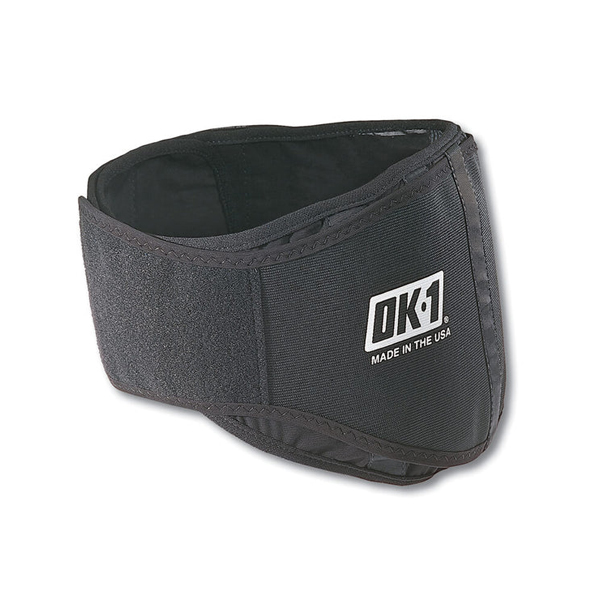 1
1
Back Support- MSC0002
Contoured lumbar back support belt, fits over hips, ideal for manual handling
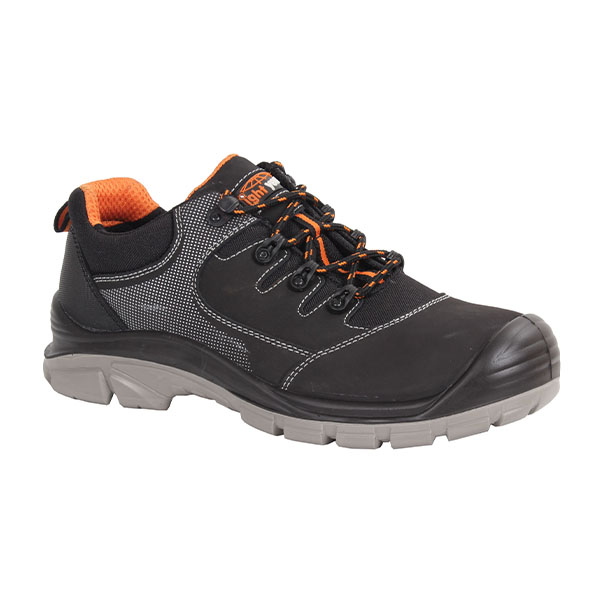 2
2
Lightyear Ozone Safety Trainers- BX380
Composite toe cap and midsole, cushioned heel. Great all-rounder for day-to-day wear
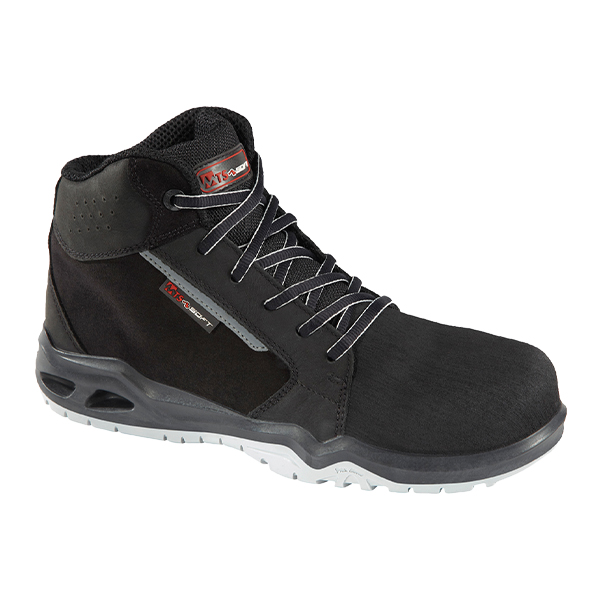 3
3
MTS Vickers Leisure Safety Boots- M5811
Lightweight for better comfort during long shifts, padded collar for ankle support
You might also like
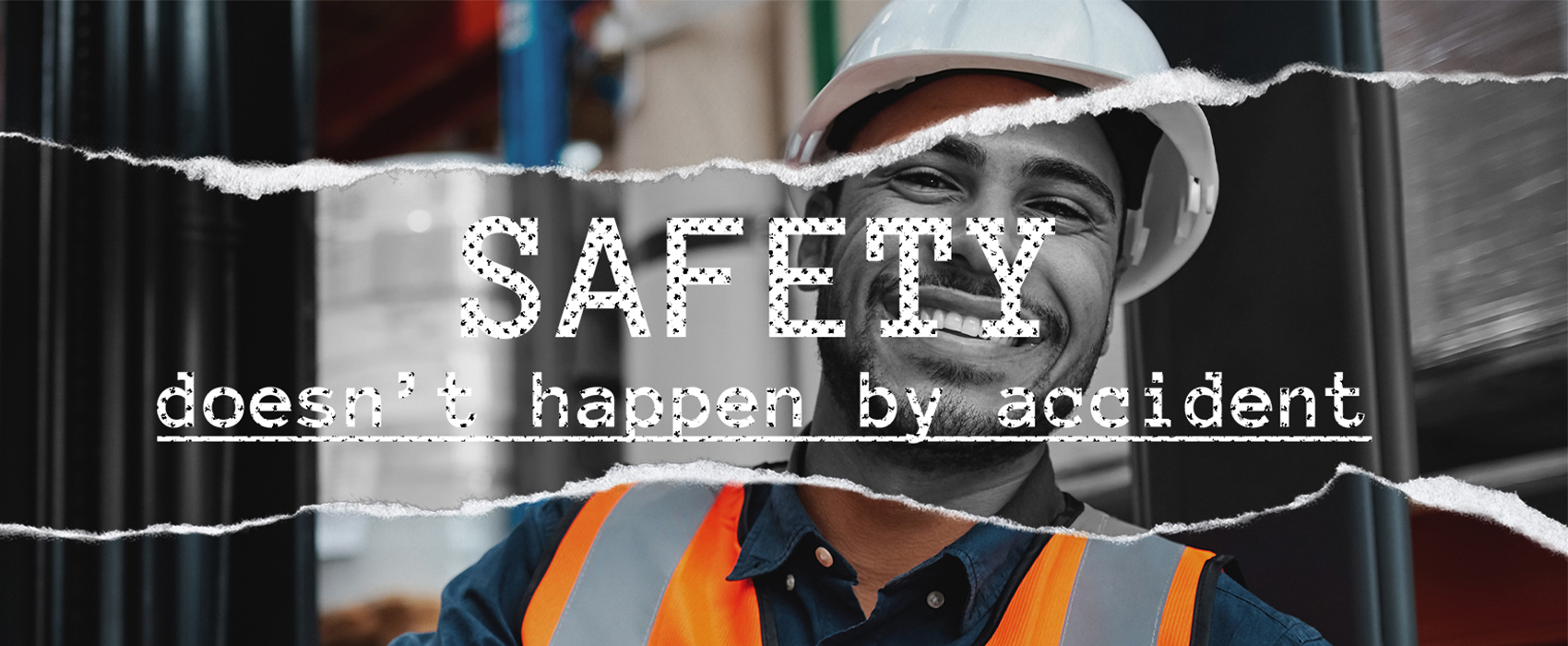
Risk assessment template for logistics professionals

















